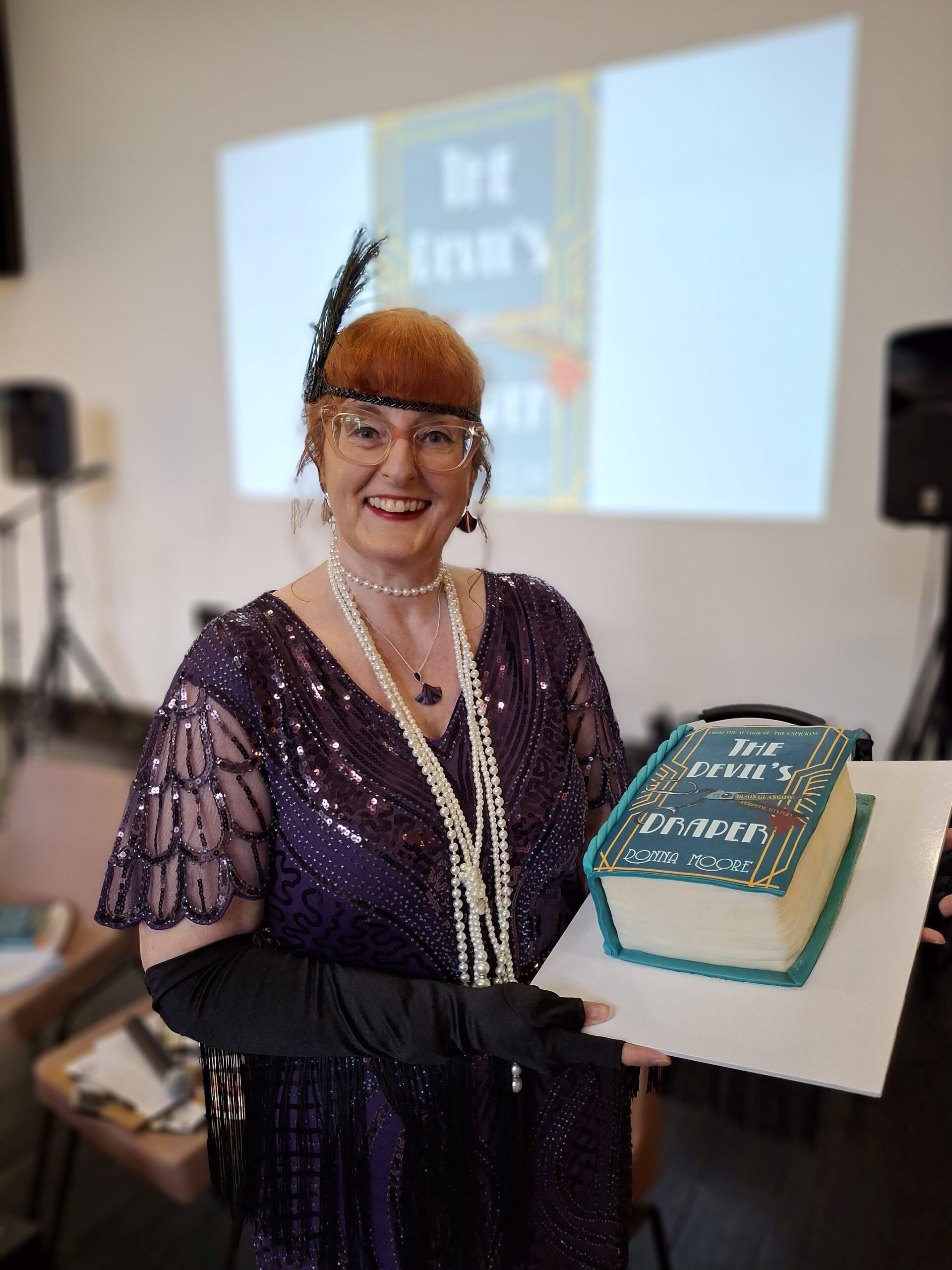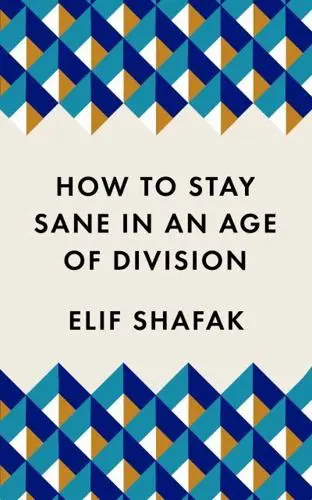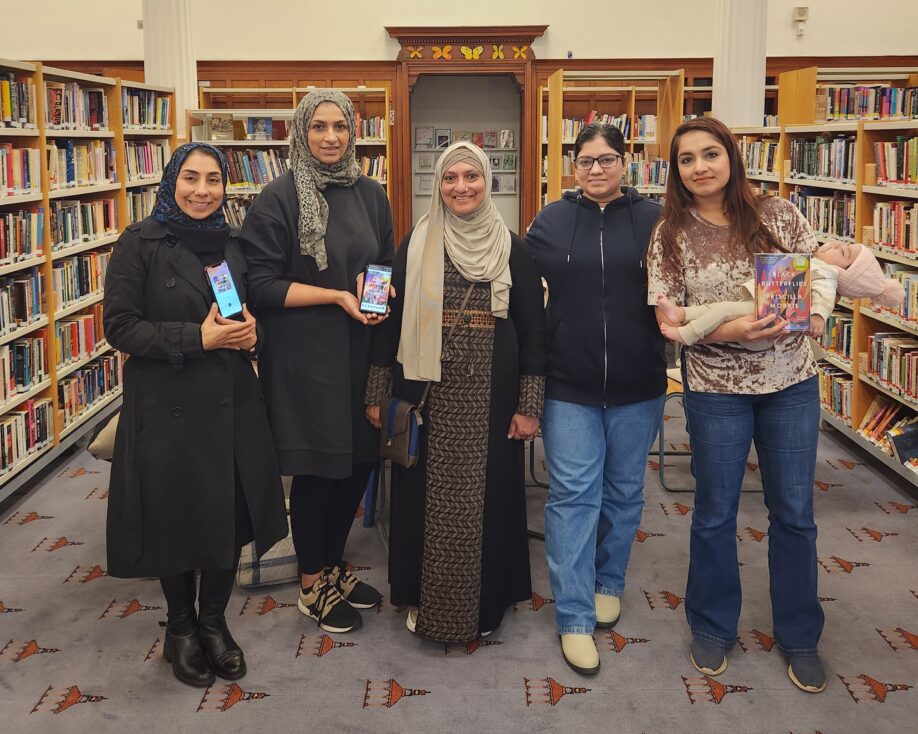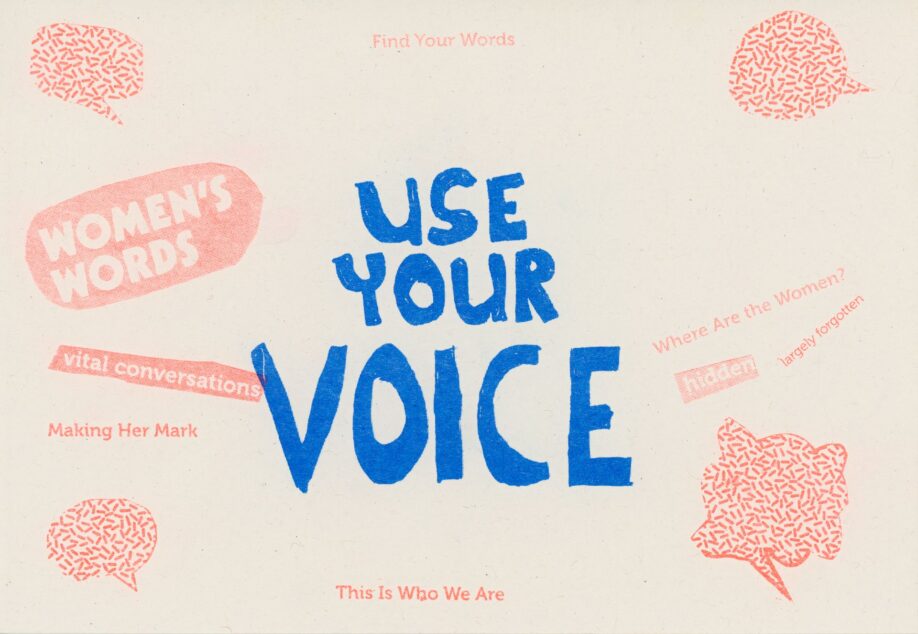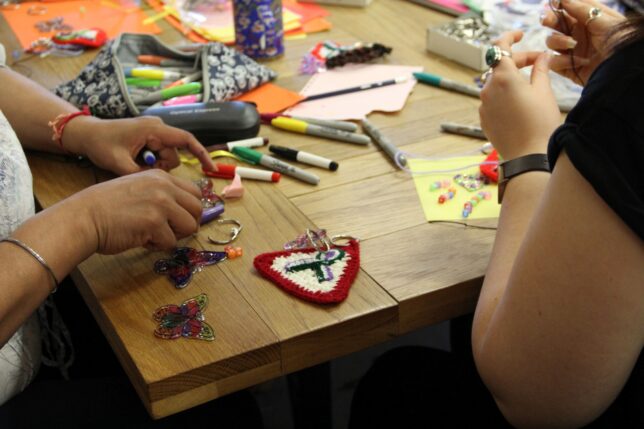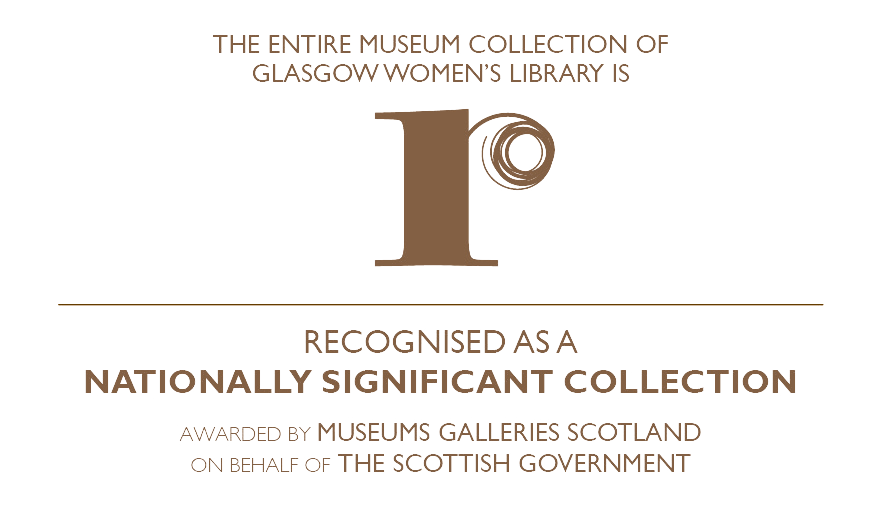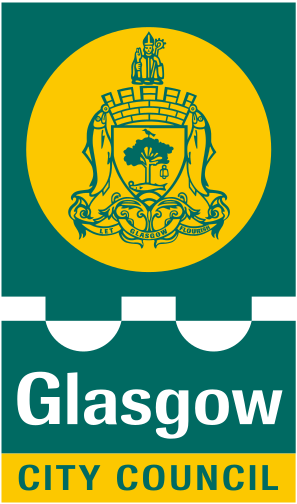Emilie was on placement with us in the spring and has just finished writing her dissertation for her MSc in Information and Library Studies at Strathclyde on the language used in “Equality, Diversity, and Inclusion” documents in the UK library profession.
In this post she shares how several books borrowed from GWL’s lending library cover the theme of isolation. Today she feels less isolated by deep friendships, near and far, and through reading the books in the mystery bundle she recently picked up from GWL! (find out more about our mystery bundles and “Select and Collect” service here)
At the beginning of lockdown, I’d borrowed several books from GWL and have a few notes of the different varieties of isolation those books all seemed to describe, some of which I can relate to and some of which I really cannot, but still they helped me feel a little less alone:
Sarah Waters’ Fingersmith:
Living alone with an abusive uncle
Forced to wear gloves
Strict routines
Confined spaces: prisons, the psychiatric hospital
“I will do anything, now, to bring an end to our long wait.” (pg 297)
Marge Piercy’s Vida:
Hiding “underground”
Costumes
Code names
Long phone calls
Time zones and time differences
“For an instant in a blur of fatigue Vida was scared, a hot finger on her heart, thinking “you people” meant fugitives.” (pg 170)
Toni Morrisons’ Paradise:
Desert expanse
Empty house
Solitary town
Grief
Safety in exclusion
“They grin and yip but look at no one.” (pg 157)
Zadie Smith’s NW:
Alone with your own mind and your decisions
“I am the sole author.” (pg 186)
Lonely in a large city
“She had been asked to pass the entirety of herself through a hole that would accept only part.” (pg 186)
Jean Rhys’ Quartet:
Alone in a new city
Alone in a new country
Loss
Limited connections
Stressful dependency
“They walked home along the street…empty, silent, and enchanted in the darkness.” (pg 69)
I also began to notice with shock how quickly my subconscious was normalizing practices that had become relative norms in my life rather recently (face masks, staying in smaller groups, maintaining a 2 metres distance, etc.) by projecting them onto the films and television I watched. It’s rare you can almost immediately visualize such a historic and cultural shift. Why are those two characters hugging?! They are leaving the house without masks?! This created a tension in me of feeling both less lonely by being more personally involved in the media I watched, looking out for themes I could relate to and judging how they are approaching the pandemic, to also feeling even more isolated in my own experience of the pandemic confirmed by the fact that no one in the show or film was following any guidelines at all nor was the pandemic a major disruption in their life.

